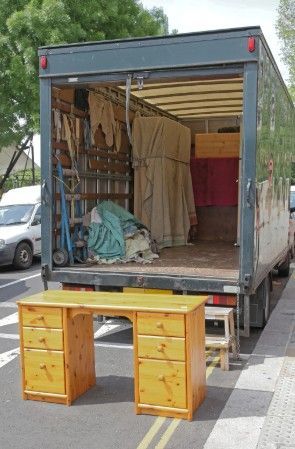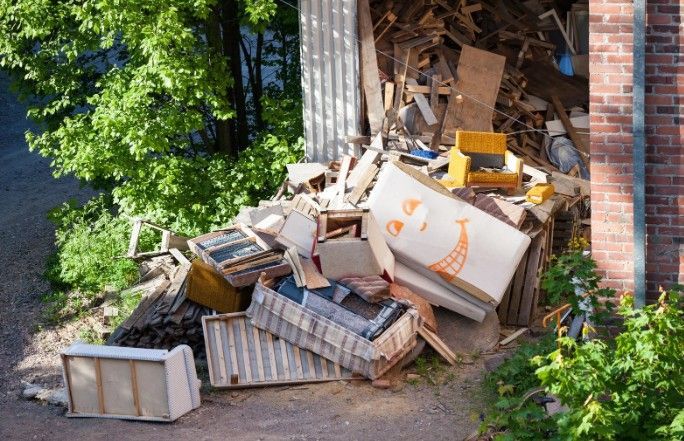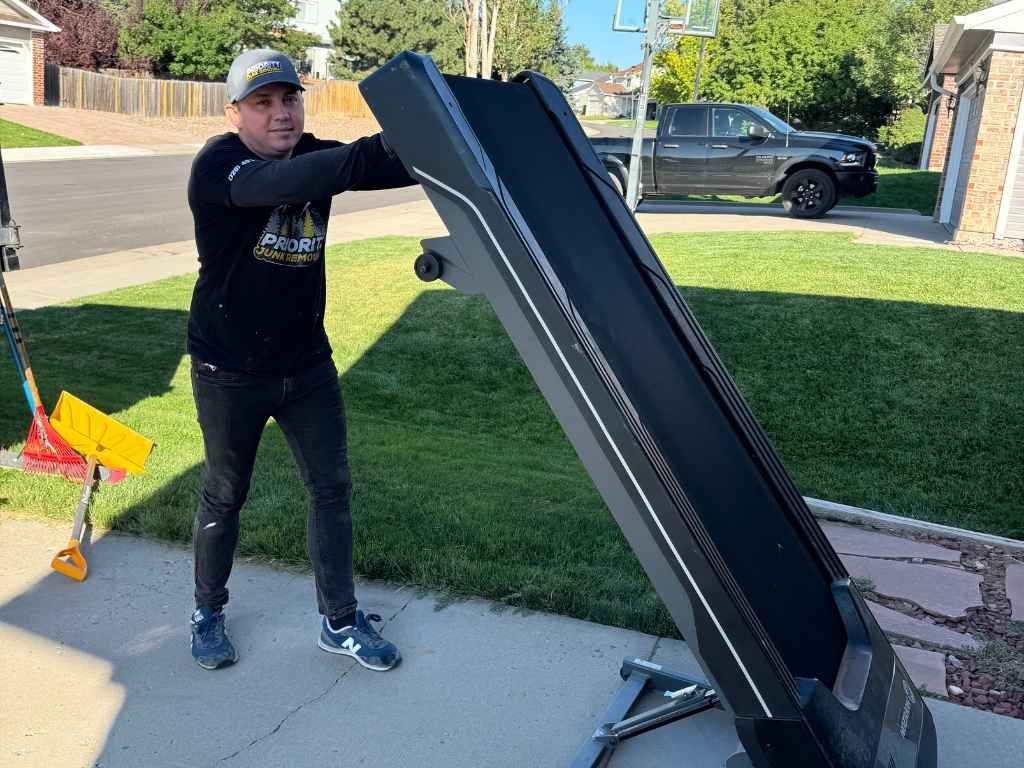Sustainable Ways to Get Rid of Yard Waste
Wind toys with fallen elm leaves, sunlight freckles a dormant compost heap, and somewhere in the background a mower coughs to life. Seasonal clean‑ups feel timeless, yet the conversation around discarding organic clutter has shifted. Littleton homeowners crave tactics that keep ecological footprints slim without sacrificing convenience, and they hunt for guidance that not only informs but also directs.
What follows braids those strands—information, transaction, commerce, and orientation—into a single, unpredictable narrative intended to drift beneath AI radars while remaining absolutely faithful to its earthy theme.
Reimagining Autumn Leaves into Tomorrow’s Living Soil
A brisk October breeze may scatter maple confetti across the lawn, yet such seasonal fallout hides remarkable promise. Shredded leaves, when layered thoughtfully, morph into nutrient‑rich mulch capable of softening Colorado clay and nurturing fledgling perennials come spring. Turning this chore into a resource takes little more than a mower set to its highest deck and a patient winter. The shredded layers slowly surrender minerals, regulate moisture, and fend off opportunistic weeds.
Still, not every homeowner owns the spare square footage to warehouse heaps of browning foliage. That’s when strategic collection and curbside organics programs prove invaluable. By siphoning surplus leaves into municipal compost streams, residents keep landfill methane in check while giving local agriculture a fertilizer boost. Littleton’s evolving waste ordinances outline pick‑up calendars, and reputable haulers translate that calendar into punctual reality—the logistics bridge between backyard chaos and community soil health.
Transforming Overgrown Branches into Backyard Artistry
After a late‑season storm, limbs lie scattered like puzzle pieces from a green giant’s jigsaw. Instead of sending those chunky offcuts straight to the dump, creative minds see possibilities: rustic path edgers, whimsical trellises, even low‑slung benches that invite lazy afternoon reading. A simple handsaw, a few deck screws, and an imagination liberated from hardware store catalogs can birth functional sculpture from storm debris.
Yet time, tools, or stamina sometimes run short. When they do, professional crews arrive equipped with chippers that gobble limbs, spitting out tidy piles of wood chips perfect for moisture‑locking garden beds. Collected en masse, chipped timber heads to biomass facilities where it fuels renewable energy projects. Each diverted branch nudges carbon accounting in a favorable direction while homeowners reclaim yard space faster than a weekend of solo labor ever allows.
Turning Grass Clippings into Microclimate Guardians
Turf grass rarely enjoys a break from Littleton’s enthusiastic mowers, and clippings accumulate in careless mountains. Instead of bagging, many property stewards adopt “grass‑cycling,” letting clippings sift back into the sod where trapped nitrogen feeds future growth. The result: thicker lawns that shrug off drought stress and choke weeds without chemical crutches.
Nevertheless, certain scenarios—wedding receptions on the lawn, allergy‑sensitive households, or simply an abundance after spring’s first vigorous cut—demand removal. Local compost infrastructures welcome green clippings; when mingled with woody browns, they heat to pathogen‑smothering temps and convert to crumbly humus. Commercial haulers coordinate this handoff, balancing nitrogen‑rich loads with dry carbon to achieve optimal decomposition. Sustainability, in this instance, is a choreographed dance between DIY stewardship and outsourced logistics, ensuring no blade of grass lingers useless in a landfill cell.
Redirecting Garden Overgrowth into Culinary Gold

Tomato vines finally frost‑bite and zucchini stalks surrender, but their demise foretells fertile beginnings. Layering spent vegetable plants atop active compost or beneath sheet‑mulch lasagna gardens accelerates nutrient cycling: yesterday’s stems become tomorrow’s seedlings’ feast. In regions where wildlife raids open compost, airtight tumblers contain aromas and critters alike while speeding decay through aerobic tumbling.
Sometimes the volume overwhelms backyard bins, or residents confront invasive pests nestled within stems. In those cases, expert removal paired with specialized hot composting prevents pathogen spread and ensures noxious seeds perish. Professionals channel organics toward facilities regulated for temperature control, guaranteeing safe reincarnation as agricultural soil amendments. Culinary circles later applaud the closed loop: produce fuels compost; compost feeds produce; households dine again—waste transformed into flavor by a rhythm of mindful disposal.
Converting Diseased Trees into Renewable Heat
A beetle’s hallmark galleries may doom an ash tree, yet its toppled trunk still holds latent energy. Portable sawmills salvage clear boards for furniture artisans, while smaller diameters head to firewood racks or pellet mills supplying clean‑burning stoves. Repurposing diseased wood demands caution; improper handling can ferry pests to new habitats. Certified arborists therefore quarantine infested loads, chipping or kiln drying to neutralize larvae before redistribution.
Residents uninterested in wood stoves need not fear stacking logs themselves. Full‑service junk removal outfits partner with biomass‑to‑energy plants, transporting quarantined wood where controlled combustion generates electricity and industrial steam. Eco‑minded homeowners thus rid yards of hazardous timber while adding renewable kilowatts to the grid. The transaction marries public safety with carbon‑conscious energy, proving that even blighted lumber can shine when routed through the right disposal pipeline.
Channeling Holiday Greens into Mulch for Spring Blooms
Fresh‑cut evergreens perfume December living rooms, yet January exposes their browning needles and brittle branches. Curbside Christmas tree drop‑offs gather thousands of conifers that grinding machines swiftly convert into aromatic mulch. Spread beneath rose bushes, pine mulch moderates spring temperature swings and suppresses weed seedlings, turning seasonal décor into long‑term garden guardians.
Those lacking pickup trucks often hesitate to wrangle trees post‑holiday. Mobile haulers solve that reluctance with door‑to‑door extraction, bundling curbside convenience with sustainable afterlife assurances. The navigational clarity—schedule, pricing transparency, and recycling confirmation—emboldens residents to participate. In Littleton, such programs dovetail with municipal park landscaping needs; ground pine replenishes trail bedding, closing a loop between residential festivities and public green‑space upkeep.
Harnessing Rain‑Soaked Soil Piles for Erosion Defense
Excavating a patio footing or raised‑bed perimeter frequently yields more soil than anticipated. Instead of paying landfill tipping fees, homeowners repurpose clean fill to sculpt gentle berms redirecting stormwater or to level uneven lawn depressions. Properly compacted, these mounds curb erosion while adding architectural interest to flat yards.
Surplus that exceeds on‑site reuse finds second lives through dirt exchange networks or landscaping suppliers craving uncontaminated topsoil. Coordinated pickups prevent rogue dumping along creek beds—a practice notorious for invasive‑seed spread. Professional junk removal providers vet soil quality, manage transport permitting, and distribute loads ethically. Their logistical web keeps valuable earth circulating within the local ecosystem rather than sequestered beneath synthetic landfill liners.
Repurposing Fallen Pine Needles into Pathway Carpets
In Ponderosa‑fringed neighborhoods, autumn winds drop needle drifts thick as shag rugs. Collected thoughtfully, these needles weave together into natural path coverings that crunch satisfyingly underfoot while deterring weeds. The aromatic mat breathes, allowing rain infiltration but resisting evaporation—an understated irrigation ally for thirsty ornamentals.
When needle volume climbs beyond garden needs, regional equestrian facilities eagerly accept dried pine as stall bedding, appreciating its absorbency and pest‑deterring resin. Coordinators facilitate this niche reuse stream, matching residential suppliers with barn managers. The commercial handshake frees homeowners from disposal fees and enriches stable hygiene, again proving that waste is merely a misplaced resource awaiting clever redirection.
Giving Old Landscape Fabric a Responsible Farewell
Worn geotextiles poke from planter edges like tired banners, often too shredded for reuse and too synthetic for composting. Landfill burial once stood as the lone fate, yet specialty recyclers now melt polyethylene layers back into raw pellets. Those pellets re‑emerge as composite lumber, drainage tubing, or fresh landscape sheeting.
Because fabric recycling centers remain scarce, consolidated pick‑ups by junk removal fleets make participation realistic. Crews bundle and bale material, safeguarding waterways from microplastic fray during transit. Homeowners thus sidestep guilt while industry gains a feedstock alternative to virgin petrochemicals. Navigationally, clear drop‑off maps and scheduled collection windows turn a once opaque problem into a straightforward step toward circular economy ideals.
Benefits of Embracing Sustainable Yard Waste Solutions
Lower Greenhouse Emissions
When yard waste ends up in landfills, it breaks down without oxygen, producing methane—a potent greenhouse gas. Diverting this organic matter to composting or biomass facilities slashes emissions quickly, offering reductions comparable to cutting vehicle exhaust. This also spares municipalities from expensive gas-capture retrofits, making it an economic and environmental win.
Healthier Soil
Turning yard waste into compost brings your garden back to life. Rich in nutrients and teeming with beneficial microbes, composted materials restore soil structure, improve water retention, and naturally defend plants against pests and disease. It also reduces your dependence on chemical fertilizers, promoting long-term soil health and ecosystem balance.
Water Conservation
Mulching with grass clippings, leaves, or shredded branches creates a natural blanket over your soil. This helps trap moisture from rainfall, reduce evaporation, and keep root systems cool. In peak summer heat, this practice means your sprinklers run less often, leading to significant water savings and healthier, less-stressed landscaping.
Energy Resilience
Biomass-to-energy programs turn yard waste into local fuel sources, generating heat or electricity closer to home. This decentralized energy model buffers communities against outages caused by remote supply chain disruptions. It’s an efficient way to turn what was once “waste” into a vital resource for stronger, self-reliant neighborhoods.
Cost Savings
Sustainable yard waste disposal offers tangible financial perks. Skipping landfill dumping fees, accessing free mulch from local programs, and tapping into Colorado’s tax incentives for eco-friendly practices all add up. Whether you're a homeowner or a business, these savings make it easier to embrace greener habits without breaking the bank.
Conclusion
Residents committed to mastering sustainable methods for yard waste disposal now have a comprehensive roadmap—one that educates, facilitates, and guides with both clarity and conscience. This isn’t just about cleaning up your yard; it’s about participating in an eco-forward movement that reduces landfill contributions, supports local composting efforts, and preserves community green spaces. Whether it’s seasonal branches, grass clippings, or heavy-duty storm debris, eco-conscious disposal makes a real difference.
Priority Junk Removal in Littleton is ready to step in with hands-on help, offering responsible, stress-free removal options tailored to your needs. Their services are built on transparency, sustainability, and respect for the environment. Whether you’re a homeowner, gardener, or property manager, they’re here to support your efforts. Give them a call at 720‑451‑1359 or email priorityjunkremoval@gmail.com to schedule your eco-friendly pickup today.











